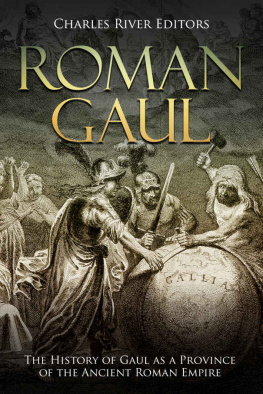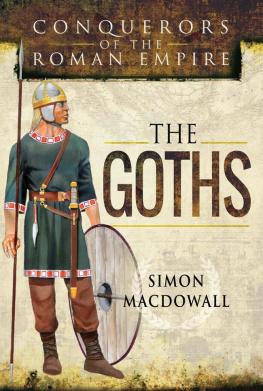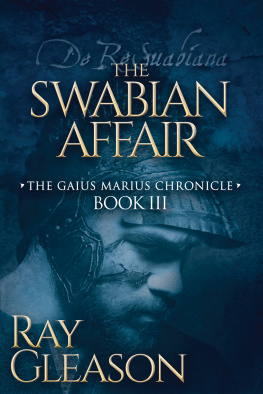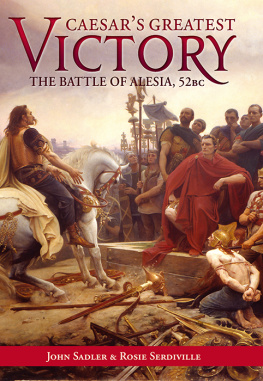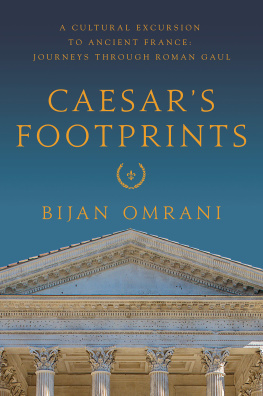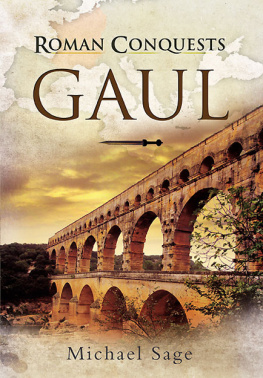Roman Gaul: The History of Gaul as a Province of the Ancient Roman Empire
By Charles River Editors
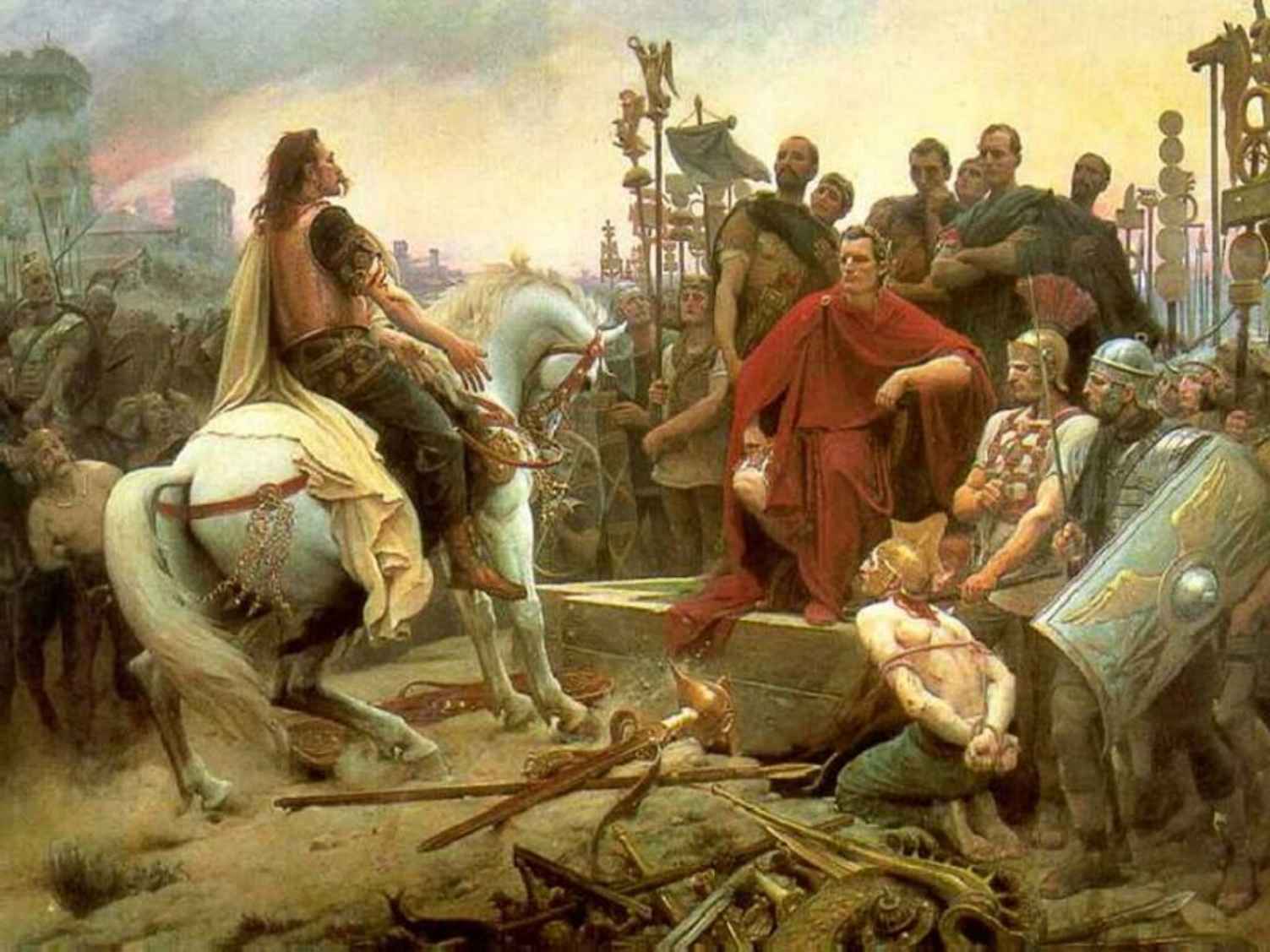
Lionel Royers painting, Vercingetorix throws down his arms at the feet of Julius Caesar
About Charles River Editors

Charles River Editors provides superior editing and original writing services across the digital publishing industry, with the expertise to create digital content for publishers across a vast range of subject matter. In addition to providing original digital content for third party publishers, we also republish civilizations greatest literary works, bringing them to new generations of readers via ebooks.
Sign up here to receive updates about free books as we publish them , and visit Our Kindle Author Page to browse todays free promotions and our most recently published Kindle titles.
Introduction
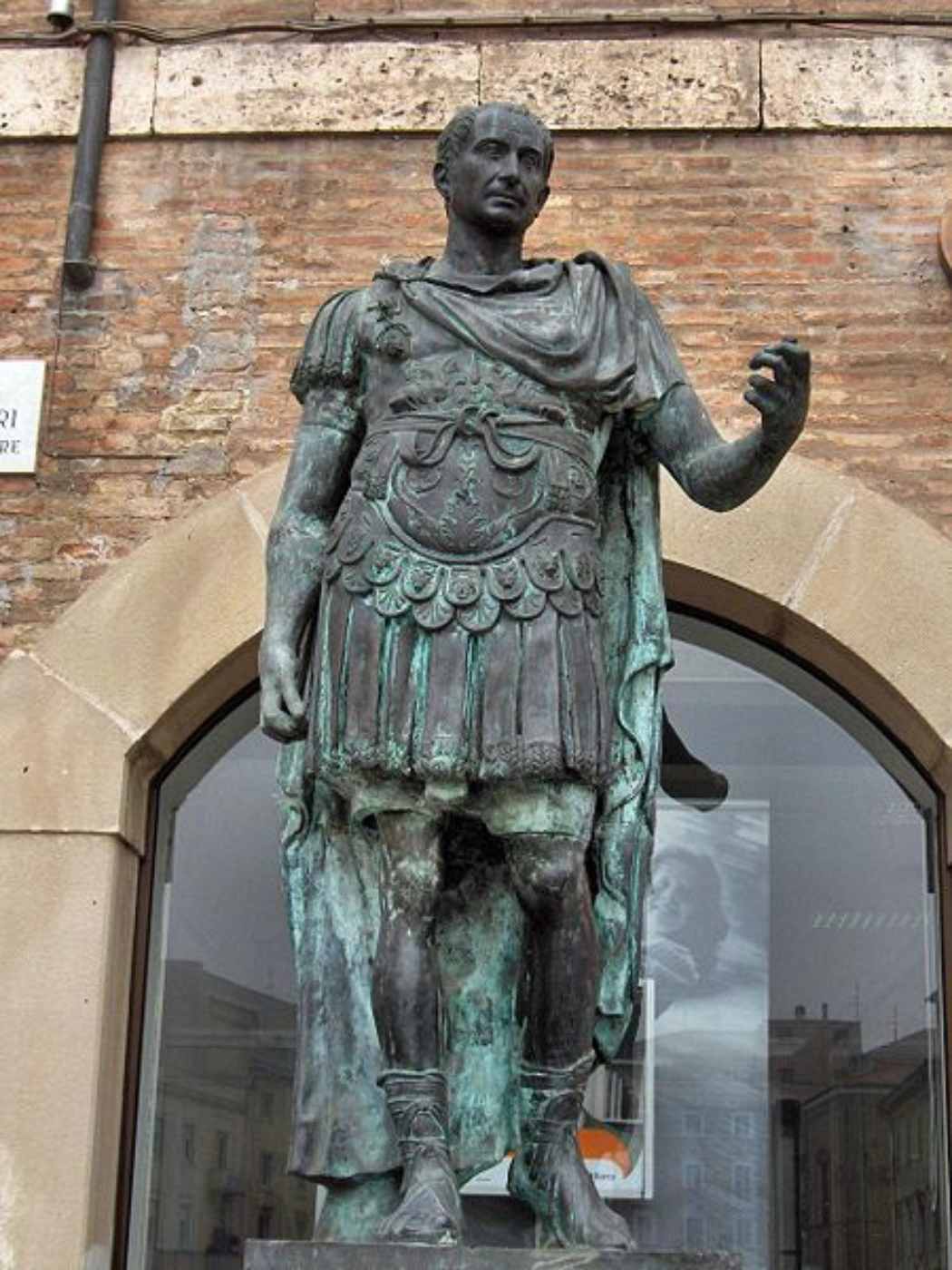
A bronze statue of Caesar
Roman Gaul
Caesar, having stationed his army on both sides of the fortifications, in order that, if occasion should arise, each should hold and know his own post, orders the cavalry to issue forth from the camp and commence action. There was a commanding view from the entire camp, which occupied a ridge of hills; and the minds of all the soldiers anxiously awaited the issue of the battle. The Gauls had scattered archers and light-armed infantry here and there, among their cavalry, to give relief to their retreating troops, and sustain the impetuosity of our cavalry. Several of our soldiers were unexpectedly wounded by these, and left the battle. When the Gauls were confident that their countrymen were the conquerors in the action, and beheld our men hard pressed by numbers, both those who were hemmed in by the line of circumvallation and those who had come to aid them, supported the spirits of their men by shouts and yells from every quarter. As the action was carried on in sight of all, neither a brave nor cowardly act could be concealed; both the desire of praise and the fear of ignominy, urged on each party to valor. After fighting from noon almost to sunset, without victory inclining in favor of either, the Germans, on one side, made a charge against the enemy in a compact body, and drove them back; and, when they were put to flight, the archers were surrounded and cut to pieces. In other parts, likewise, our men pursued to the camp the retreating enemy, and did not give them an opportunity of rallying Julius Caesar, De Bello Gallico
In the minds of most people today, Gaul equates to modern France. However, the vast geographical area that Caesar named Gaul, in fact, was made up of a number of very distinct regions and covered, in addition to modern-day France, Belgium, Luxembourg, parts of the Netherlands, Germany, Switzerland and Northern Italy. The Romans called the northern area of the Italian peninsula, which is now part of modern Italy, Cisalpine Gaul, or Gaul on this side of the Alps. Early Romans did not even consider this region as part of Italy and repeated incursions southwards, and the sacking of Rome itself in 390 BCE, resulted in Rome taking full control of the area in 221 BCE and thoroughly Romanizing it to the extent that even the Celtic language totally disappeared and was replaced by Latin. The region was initially a province but by the beginning of the 1st century BCE, it had become fully integrated into the Roman heartland and became an administrative region of Italy rather than a province.
Ironically, the Roman Republics development from a city state into a world power that controlled large swathes of modern Italy, Gaul and Spain, as well as other parts of Europe is seen by many as being the direct result of Roman fear of the Celtic Threat. The sacking of Rome by the Gauls in 386 BCE became indelibly imprinted into the Roman psyche, and with this fear came a desire to put as much distance as possible between the city of Rome and any potential enemy. The result was the gradual acquisition of buffer zones that became provinces of an empire that grew without any particular thought out or deliberate strategy of expansion.
Narbonensis was the first area in what might be termed Gaul proper to fall under Roman rule, in 120 BCE, a conquest that was largely the result of the need to secure a land route to the new provinces in Iberia that had been acquired three years earlier at the end of the Punic Wars. The need to protect this area from the northern Gauls, including the Helvetii, gave Julius Caesar the excuse he needed to push further into Celtica and then on into Belgica and Aquitania.
The Gallic Wars, the series of campaigns waged by Caesar on behalf of the Roman Senate between 58-50 BCE, were among the defining conflicts of the Roman era. Not only was the expansion of the Republics domains unprecedented (especially when considering it was undertaken under the auspices of a single general), it had a profound cultural impact on Rome itself as well. The Roman Republic, so dynamic in the wake of the destruction of their ancient enemy, Carthage, had recently suffered a series of dramatic upheavals; from the great slave rebellion of Spartacus to the brutal and bloody struggle for power of Marius and Sulla. Rome had been shaken to its very core, and a victory was essential both to replenish the dwindling national coffers and to instill in the people a sense of civic pride and a certainty in the supremacy of the Republic.
Quite simply, in terms of scale, the Gallic Wars were unmatched by anything the Roman Republic had witnessed since the Punic Wars. By the end of the campaigns, ancient historians estimated that more than a million people had died, and still more were displaced or enslaved. Even by the more conservative estimates of modern historians, a casualty count in the hundreds of thousands appears possible. Either way, the war was a cataclysm, involving tens of thousands of combatants, and it also marked the greatest displays of skill by one of the greatest battlefield generals history has ever known.
Caesars successful campaigns in Gaul have become the stuff of military legend on their merits, but it helped that he had the foresight to document them himself. Caesar himself wrote a famous firsthand account of the Gallic Wars, apparently from notes he had kept during the campaigns, and he wrote Commentarii de Bello Gallico ( Commentaries on the Gallic War ) in the third person. Caesars account described the campaigning and the battles, all as part of a propaganda campaign to win the approval of the Roman people. As a result, he left out inconvenient facts, including how much of a fortune he made plundering, but the work still remains popular today, and it is still used to teach Latin.
Augustus and his successors then began a program of Romanization that, in a remarkably short period of time, transformed Gaul into four provinces. All of these locales added enormously to the Roman Empire in terms of manpower, material goods and wealth. Even today, historians are amazed at how such a large population that was not without its own systems of administration and vibrant culture and tradition could so easily succumb to Romes pacification process, and to such an extent that, within short periods of time, the indigenous language and traditions of the Celtic peoples of Gaul were totally supplanted. The reasons why Rome was able to subjugate and then transform what was for that time an immense population of over 10 million people lie not only in its military superiority but its system of organization and its conscious program of Romanization.

